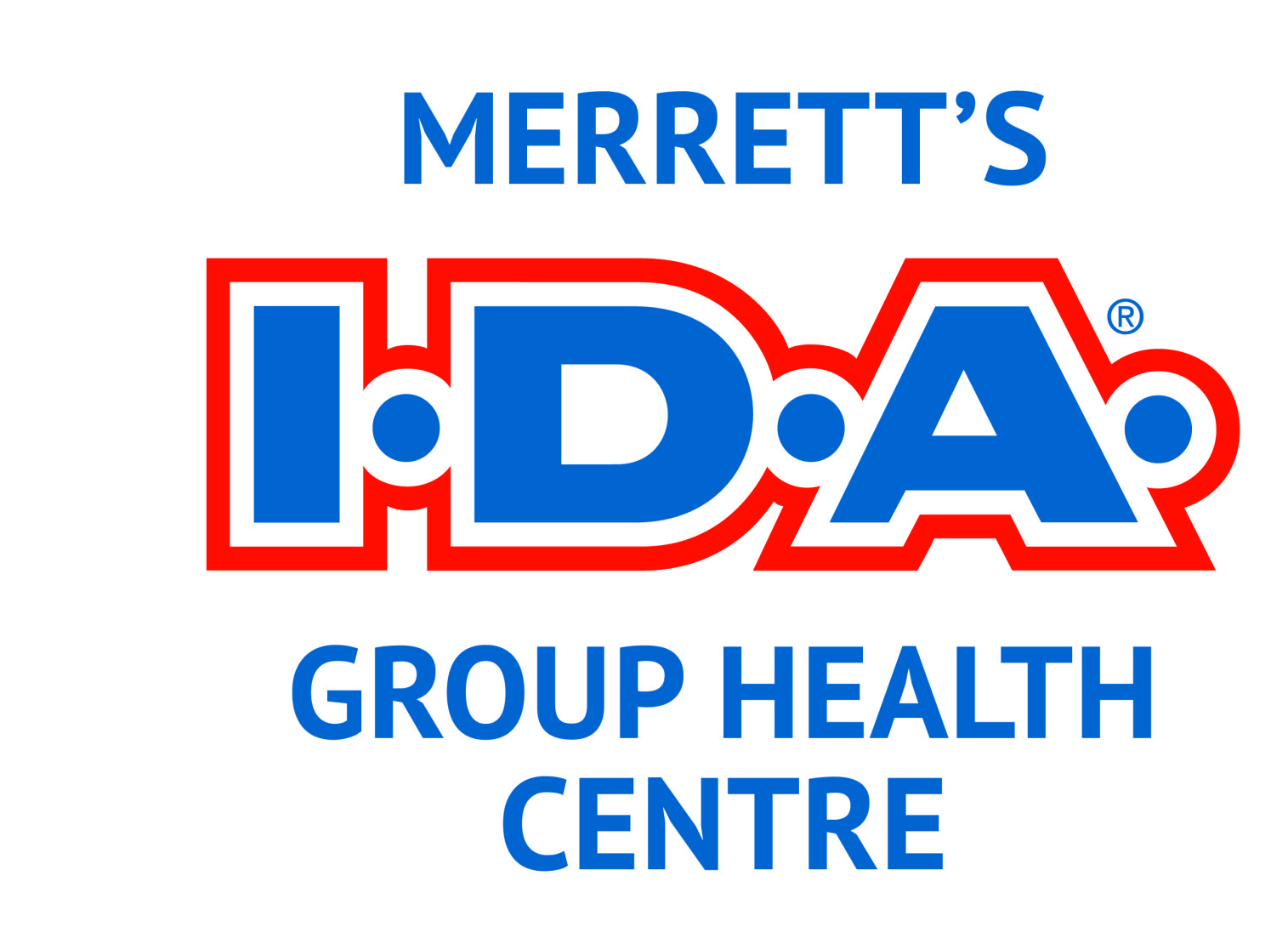Osteoporosis In Men
Men Can Also Develop Osteoporosis
- Osteoporosis: When Bones Become Porous
Osteoporosis is a disease that causes a gradual loss of bone mass. Over time, bones become less and less dense, making them more and more fragile. At an advanced stage of the disease, the slightest stress or trauma can result in a fracture.
In men, the consequences of a hip fracture due to osteoporosis are often more serious than in women, including a higher risk of death.
- How To Measure Bone Density & Detect Osteoporosis
Bone densitometry is a technology used to precisely measure bone density. The results of your bone mineral density (BMD) test are compared against the average results of young adults of the same gender and ethnic group, to assess the level of bone loss.
All men age 65 or older should undergo screening for osteoporosis. However, screening can begin earlier, starting at age 50, in men whose risk factors for developing osteoporosis are greater:
- Fracture due to a fall or impact after the age of 40,
- Parent who suffered a hip fracture,
- Smoker,
- High alcohol intake (at least three glasses of alcohol a day on a regular basis),
- Weight below 60 kg (132 lb.),
- Long-term use of certain medications (e.g., corticosteroids or hormone treatments for prostate cancer).
- 4 Tips To Prevent Osteoporosis
- Do regular weight-bearing activities adapted to your health condition. This will stimulate bone cells to renew themselves. Weight-bearing activities are those in which you use your legs to support the weight of your body, for example walking, jogging, tennis, dancing, and skating.
- To reduce the risk of falling—and therefore of fractures—also do exercises that build muscle strength and balance, like tai chi. Yoga is excellent for improving posture and protecting your spine by strengthening your back muscles.
- Don’t smoke, and if you drink alcohol, drink in moderation.
- Make sure your diet is rich in calcium and vitamin D , both of which are essential elements for bone health. A nutritionist can help you evaluate your diet. If you are unable to meet all your needs through your diet, you may want to take a supplement. Your pharmacist can help you choose the product that best meets your needs.
If you have any questions about osteoporosis and how it is treated, ask your pharmacist.
